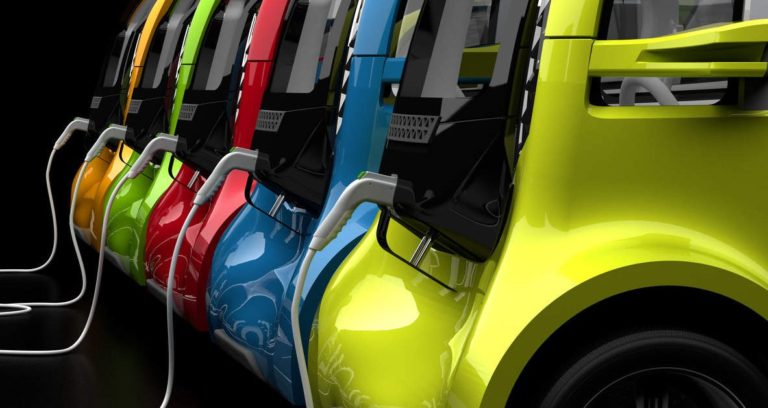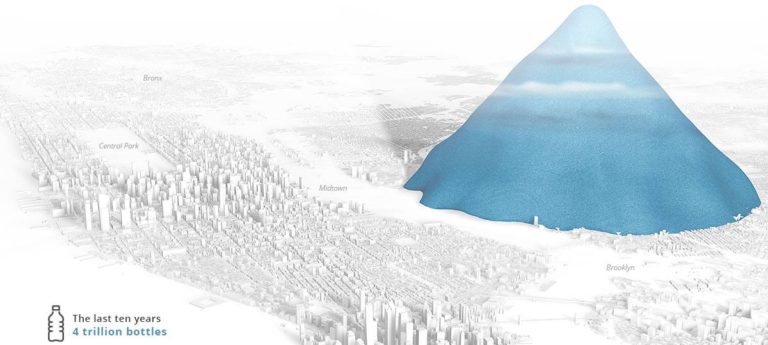Advertisements
Today we’re going to talk about what I learned from photographing trash. Photography has the power to reveal profound and sometimes disturbing truths. When invited by the Brazilian Association of Sanitary and Environmental Engineering (ABES) to document the irregular disposal of solid waste in São Paulo, photographer César Cinato experienced a significant transformation in his perception of trash and sustainability. In this account, Cinato shares his experiences and reflections while photographing trash, offering a closer look at the reality of waste disposal.

Index
A Dedicated Photographer's View
My name is César Cinato and I have been a professional photographer for the past 6 years since I was 17. My profession has taught me to look at the world with a more critical and detailed eye, always in search of the perfect image and the story behind it. This keen eye became even more crucial when I got involved in a project to photograph trash in São Paulo.
Photographing Trash: Challenges and Discoveries
In 2015, I was invited by ABES to photograph the irregular disposal of solid waste in several critical areas of São Paulo. The mission included capturing images that illustrated the problem of garbage in the city, with a special focus on places prone to improper disposal. The 35 selected images were exhibited at Conjunto Nacional, on Avenida Paulista, in an exhibition that lasted 15 days in celebration of the Inter-American Day of Cleanliness and Citizenship, known as DIADESOL of the Americas.
Recently, these images were also featured in the book “Environmental Sanitation and Health of Recyclable Material Collectors” by Roseane Maria Garcia Lopes de Souza. The photographs aimed to raise public awareness about the issue of solid waste and the crucial role of collectors in the recycling chain.
The Chaos of Irregular Disposal
While photographing the trash, I began mapping out irregular dumping sites that I already knew about and others that I thought I might find. São Paulo is full of places where trash is dumped without any control. At street markets, for example, chaos ensues at the end of the day. It is common to see boxes, cardboard, plastic bags, food scraps and other waste thrown on the ground, forming a veritable open-air dump. The lack of proper separation of recyclable waste is evident.
Exploring further, I found several garbage disposal sites and photographed the trash, many of which are known to be “junk”. These sites are frequently cleaned by the city government, but quickly fill up again with old furniture, plastic and wooden boxes, tires and construction waste. What was most striking was seeing the situation in upscale neighborhoods of the city, where one would expect a higher standard of care for the environment.
The Reality at CEASA
One of the most shocking discoveries was at CEASA, Brazil’s main food distribution center, located in the western part of São Paulo. CEASA, despite being a crucial point for food distribution, does not have any adequate system for separating waste, whether organic or solid. The lack of appropriate trash cans and the presence of overflowing dumpsters on the floor were evidence of a serious lack of infrastructure and organization.
The waste pickers present at the site, who work without any training or proper equipment, face enormous challenges. CEASA’s vision left me perplexed and distressed, reflecting on the current situation and the future of the city if these practices continue. It was a moment of deep reflection on the impact of waste on our environment and on what we can do to change this reality.
The Life of Waste Pickers and the Lack of Support
After photographing trash in various locations, I visited some cooperatives of recyclable waste collectors. The lives of these professionals, who play a vital role in recycling, are marked by hardships and lack of support. Many collectors live in peripheral communities or are socially vulnerable, often working without the support needed to efficiently separate waste.
Unfortunately, there are no adequate public policies or sufficient incentives to support these workers. They are often responsible for the majority of solid waste recycling in the city, separating what can be recycled from what is disposable. With the right support and structure, these professionals could play an even more effective role in waste management.
What I Learned from Photographing Trash and Changing Perspective
This work of photographing garbage in São Paulo brought a new understanding of the importance of waste separation and the reality faced by waste pickers. I learned the importance of correctly sorting garbage from our homes, which not only helps keep the city clean, but also makes the work of waste pickers easier, allowing them to achieve better results.
I am now much more aware of recycling and sustainability issues. Whenever I can, I try to educate people around me about the importance of proper waste disposal and the positive impact it can have on the environment. Taking care of nature is definitely a way of doing good.
Final Reflections and Action
As I reflect on my experience photographing waste and the impact of improper disposal, it is clear that change starts with each of us. Individual awareness and action can make a big difference in waste management and environmental preservation.
Check out other interesting facts about recycling clicking here.
Learn how to make art by recycling, Click here.




When I have something to separate, I do it at home and then discard it.
What important work, so necessary!!! Every action to raise awareness among the population about the importance of garbage deserves applause!!! Our neighborhood, city, country needs so much education!!!
Thanks for the support, Esmeralda!